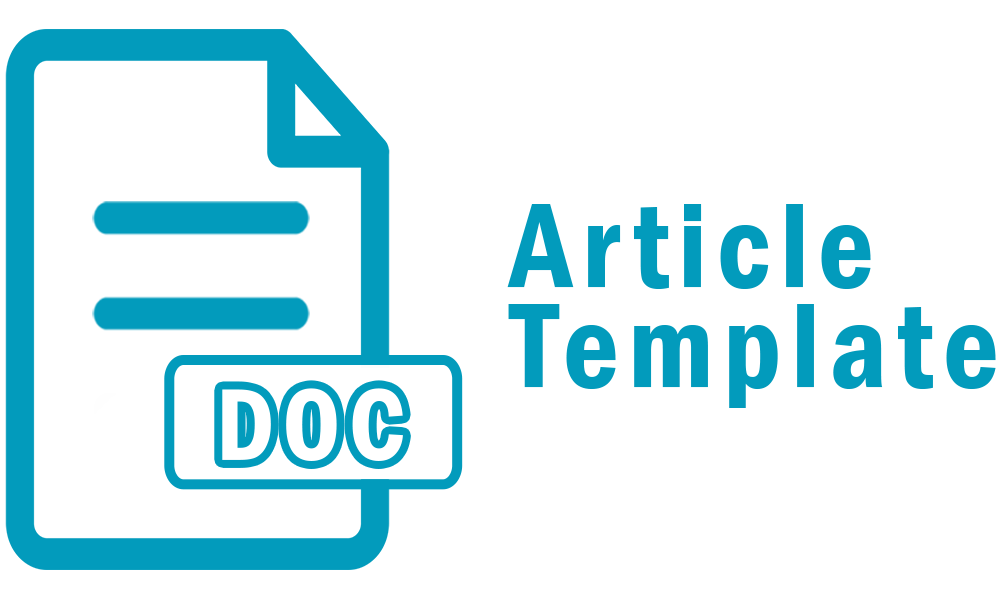PELATIHAN PEMBUATAN MEDIA PEMBELAJARAN DIGITAL BERBASIS ARTIFICIAL INTELLIGENCE (AI) TEXT-TO-VIDEO GENERATOR
DOI:
https://doi.org/10.46961/jpk.v4i2.1482Abstract
Abstrak: Tujuan dari pelatihan ini adalah untuk memberikan pengetahuan terbaru serta meningkatkan kemampuan teknologi para instruktur (Dosen, Guru, dan Tendik) Program Profesi Guru (PPG) Fakultas Keguruan dan Ilmu Pendidikan Universitas Muhammadiyah Prof. DR. HAMKA, Jakarta, di bidang pembuatan media pembelajaran digital berbasis kecerdasan buatan (AI) text-to-video generator. Saat ini, proses belajar mengajar modern harus dilakukan dengan melibatkan teknologi yang mengharuskan dosen atau guru menggunakan media digital. Pesatnya perkembangan teknologi saat ini telah sampai pada titik di mana perangkat lunak atau website didukung oleh teknologi kecerdasan buatan (AI). Salah satu perangkat lunak atau laman berbasis teknologi AI yang dapat menjadi pilihan bagi para guru atau dosen untuk mengembangkan media pembelajaran dalam bentuk video adalah AI text-to-video generator. AI text-to-video generator adalah alat yang memungkinkan guru atau dosen untuk membuat video profesional dari teks dengan bantuan AI, seperti Pictory ai dan Synthesia oi. Oleh karena itu, tim dosen FKIP UHAMKA merasa perlu untuk melakukan pelatihan dengan mempromosikan AI text-to-video generator ini sebagai salah satu alternatif pembuatan media pembelajaran video yang sesuai dengan kebutuhan pembelajaran siswa. Pelatihan ini berbentuk workshop dan dilaksanakan dalam 2 kali pertemuan dengan durasi 8 jam (4 sesi) dan total waktu 16 jam. Diikuti oleh 20-30 peserta yang dikategorikan sebagai dosen, guru, dan tenaga kependidikan dari beberapa bidang studi seperti Bahasa Indonesia, Bahasa Jepang, Bahasa Inggris, Matematika, Fisika, Biologi, Pendidikan Dasar, Pendidikan Anak Usia Dini, Bimbingan dan Konseling, Ekonomi, Sejarah, dan Geografi. Di awal dan akhir pelatihan ini, tim membagikan kuesioner pra-kuesioner dan pasca-kuesioner sebagai data faktual untuk mengetahui tanggapan dan pandangan para peserta tentang pelatihan ini. Hasil pelatihan menunjukan respon positif peserta serta bertambahnya kemampuan teknologi peserta khususnya dalam membuat media pembelajaran digital berbasis kecerdasan buatan (AI) text-to-video generator menggunakan Pictory ai dan Synthesia oi.
Kata Kunci: Media Pembelajaran Digital; Artificial Intelligence (AI); Text-to-Video Generator; Pictory ai; Synthesia io; Pelatihan Dosen, Guru, Tendik; PPG
Abstract: The objective of this training is to provide new knowledge and to increase the technology proficiency of the instructors (Lecturers, Teachers, Education Staffs) of the Teachers Professional Program (PPG), Faculty of Teachers Training and Education, University of Muhammadiyah Prof. DR. HAMKA, Jakarta, in the area of creating digital learning media based on artificial intelligence (AI) text-to-video generator. Recently, the modern teaching and learning process must be conducted through technology involvement, which requires lecturers or teachers to use digital media. The rapid growth of technology today is reaching a point where software or website are supported by artificial intelligence (AI) technology. One software or website based on AI technology that can be an option for teachers or lecturers to develop learning media in the form of videos is the AI text-to-video generator. An AI text-to-video generator is a tool that allows teachers or lecturers to create professional videos from text with the help of AI, such as Pictory ai and Synthesia oi. Therefore, the UHAMKA FKIP lecturer team felt necessary to conduct training by promoting this AI text-to-video generator as an alternative to creating video learning media that is suitable for student learning needs. This training was in a workshop format, and it was conducted in 2 meetings within 8 hours (4 sessions) and a total of 16 hours. 20-30 participants were joined who were categorized as lecturers, teachers, and education staff from several fields of study such as Indonesia Language, Japan Language, English, Mathematics, Physics, Biology, Primary Education, Early Childhood, Guidance and Counselling, Economics, History, and Geography. At the beginning and the end of the training, the team distributed pre-questionnaires and post-questionnaires as factual data to know the responses and opinions of the participants about this training. The results of the training showed a positive response from the participants as well as an increase in the participants' technological skills, especially in creating digital learning media based on artificial intelligence (AI) text-to-video generator using Pictory ai and Syntehsia oi.
Keywords: Digital Learning Media; Artificial Intelligence (AI); Text-to-Video Generator; Pictory ai; Synthesia io; Lecturer, Teacher, Education Staffs’ Training; PPG
Downloads
Published
How to Cite
Issue
Section
Citation Check
License
Copyright (c) 2025 Cahya Komara, Martin, Dita Prihatna Wati, Purnama Syaepurrohman, Ika Yatri, Khairil Iba, Kusmajid

This work is licensed under a Creative Commons Attribution-ShareAlike 4.0 International License.
Authors who publish in Jurnal Pengabdian Kepada Masyarakat agree to the following terms:
- Authors retain copyright and grant the journal right of first publication with the work simultaneously licensed under a Attribution-ShareAlike 4.0 International (CC BY-SA 4.0) License that allows others to share the work with an acknowledgment of the work's authorship and initial publication in this journal.
- Authors are able to enter into separate, additional contractual arrangements for the non-exclusive distribution of the journal's published version of the work (e.g., post it to an institutional repository or publish it in a book), with an acknowledgment of its initial publication in this journal.
- Authors are permitted and encouraged to post their work online (e.g., in institutional repositories or on their website) prior to and during the submission process, as it can lead to productive exchanges, as well as earlier and greater citation of published work (See The Effect of Open Access).










